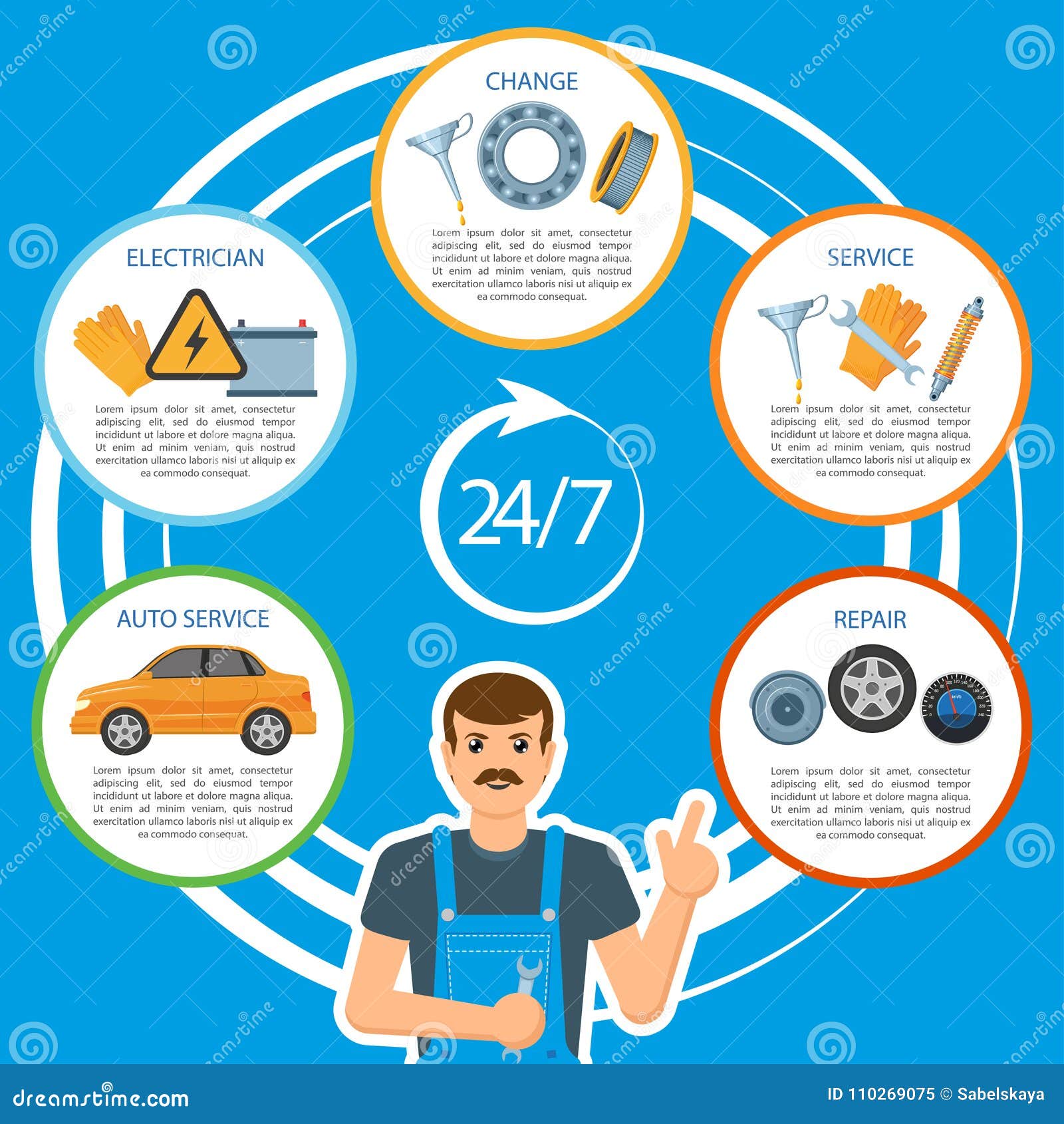Deciphering Your Car'S Warning Indicators: What They Really Represent
Deciphering Your Car'S Warning Indicators: What They Really Represent
Blog Article
Material Author-Hartley Forbes
When you're behind the wheel, those beautiful warning lights on your control panel can be a bit difficult. Do you know what they're attempting to tell you regarding your auto's health and wellness? Recognizing the significance of these lights is essential for your security and the longevity of your car. So, the next time among those lights turns up, would not you intend to understand its message precisely and take the necessary steps to resolve it?
Common Caution Lights and Interpretations
Recognize common caution lights in your automobile and understand their definitions to ensure secure driving.
One of the most regular caution lights include the check engine light, which signals issues with the engine or emissions system. If this light comes on, it's essential to have your car inspected quickly.
see this here advising light suggests reduced oil pressure, calling for instant focus to stop engine damage.
A flashing battery light could recommend a defective charging system, possibly leaving you stranded if not resolved.
auto detailing monitoring system (TPMS) light informs you to reduced tire pressure, affecting car stability and fuel performance. Ignoring this can bring about risky driving conditions.
The ABS light shows an issue with the anti-lock braking system, compromising your capability to quit quickly in emergency situations.
Last but not least, the coolant temperature level alerting light warns of engine overheating, which can lead to severe damages if not settled swiftly.
Recognizing these common caution lights will certainly aid you resolve concerns promptly and preserve safe driving conditions.
Value of Prompt Interest
Comprehending the typical warning lights in your car is only the initial step; the relevance of without delay addressing these cautions can't be stressed sufficient to guarantee your safety when traveling.
When a warning light illuminates on your control panel, it's your vehicle's means of interacting a potential concern that requires attention. Overlooking these cautions can result in much more extreme problems in the future, jeopardizing your security and potentially costing you much more in repairs.
Trigger attention to alerting lights can avoid breakdowns and accidents. For boat wash down , a blinking check engine light could suggest a misfire that, if left ignored, could trigger damages to the catalytic converter. Resolving this without delay can conserve you from a pricey repair work.
Likewise, a brake system cautioning light might signal reduced brake fluid or worn brake pads, important elements for your safety and security when driving.
DIY Troubleshooting Tips
If you notice a caution light on your dashboard, there are a couple of do it yourself fixing suggestions you can try prior to looking for specialist aid.
The initial step is to consult your vehicle's handbook to understand what the certain caution light indicates. Sometimes the concern can be as easy as a loose gas cap triggering the check engine light. Tightening the gas cap may resolve the trouble.
An additional typical concern is a low battery, which can cause numerous warning lights. Examining the battery links for rust and ensuring they're safe and secure may fix the issue.
If a caution light persists, you can try resetting it by separating the vehicle's battery for a couple of mins and afterwards reconnecting it. In addition, inspecting your car's fluid degrees, such as oil, coolant, and brake fluid, can aid repair alerting lights related to these systems.
Conclusion
To conclude, comprehending your automobile's caution lights is important for keeping your vehicle running efficiently and safely. By immediately addressing these alerts and understanding what they suggest, you can stay clear of expensive repair work and possible failures.
Remember to consult your auto's handbook for specific details on each advising light and take action accordingly to make certain a trouble-free driving experience.
Remain informed, stay safe when driving!
